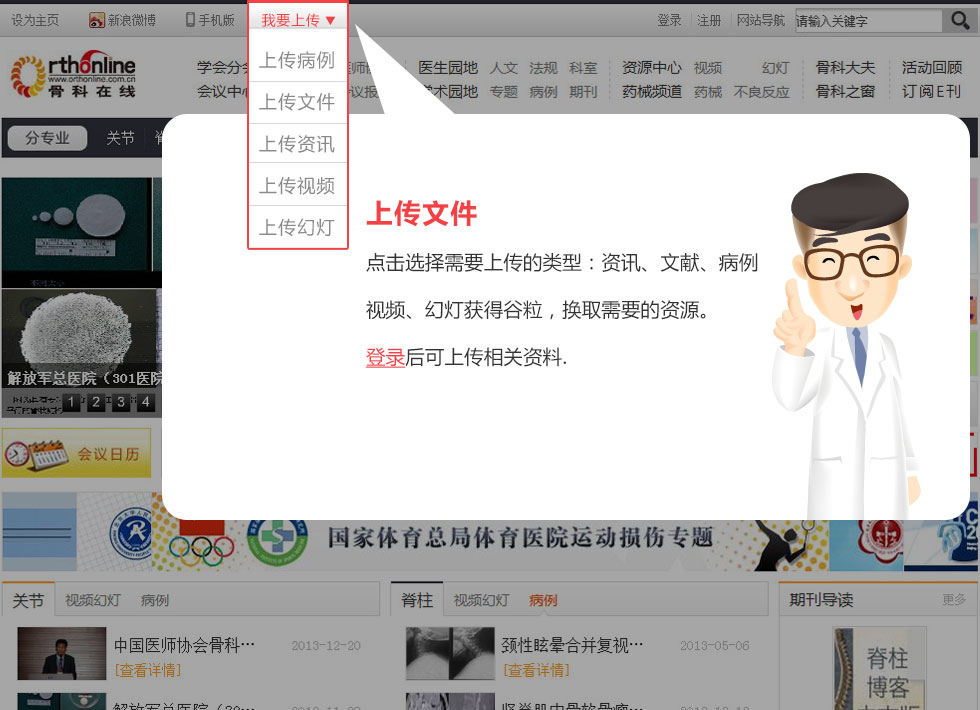PJI诊断术前穿刺,抽多少液最合适?
2020-04-15 文章来源:骨科在线 我要说
近期发表在《J Arthroplasty》杂志的一项提示了术前穿刺培养诊断关节置换术后假体周围感染最佳的抽液量,研究显示术前穿刺抽液量高得到的细菌培养结果更有可能与术中培养一致,对于生长缓慢的致病菌,最佳的术前穿刺抽液量要求更高。
前少量穿刺抽液细菌培养诊断关节置换术后假体周围感染通常是很困难的,即使培养成功也是缓慢生长的感染病原体。因此研究人员希望能通过术前抽液培养与术中培养比较,确定是否存在一个最佳抽液量阈值。
他们回顾了所在医院近5年所有的髋膝关节翻修术病例。病例排除标准为:如果在抽液过程中进行关节内灌洗、有抗生素间隔物,怀疑对金属导致的局部软组织反应,没有准确的抽液量记录,或者没有进行穿刺或手术中细菌培养。采用观测者操作特性(ROC)曲线评估抽液量,以确定具有相同抽液和培养结果的病例。
研究共分析了857例翻修病例,其中294例符合纳入标准。结果显示,有45例(15.3%)患者的穿刺培养和术中培养不相符。培养相同的病例的平均抽液量明显高于不一致的病例(19.1ml vs 10.2ml,P=0.02)。与培养结果相同的培养物相比,生长缓慢的病原菌在不相符的病例中比例显著增加(不相符的病例为52.4%,相同病例为8.2%,P<0.001)。术中和术前穿刺培养相同病例的最佳术前穿刺抽液量:常见典型细菌为3.5ml,慢生长致病菌为12.5mL。
原文摘要:
Is There an Optimal Cutoff for Aspiration Fluid Volume in the Diagnosis of Periprosthetic Joint Infection?
BACKGROUND: The diagnosis of periprosthetic joint infection is often challenging in the setting of low aspiration volumes, or in the presence of infection with a slow-growing organism. We sought to determine if an optimal threshold of aspiration fluid volume exists when cultures from the preoperative aspiration are compared to intraoperative cultures.
METHODS: All revision total hip and knee arthroplasty procedures over 5 years at our institution were reviewed. Cases were excluded if they underwent joint lavage during aspiration, had an antibiotic spacer in place, were suspected of adverse local tissue reaction to metal debris, did not have an accurate aspiration volume recorded, or if there were no aspiration or operative cultures available. Receiver operating characteristic curves were used to evaluate aspiration volume for identifying cases with identical aspiration and culture results.
RESULTS: A total of 857 revision cases were reviewed, among which 294 met inclusion criteria. There were 45 cases (15.3%) with discordant aspiration and operative cultures. The mean aspiration volume for identical cases was significantly higher than for discordant cases (19.1 vs 10.2 mL, P = .02). The proportion of slow-growing organisms was significantly greater among discordant compared to identical operative cultures (52.4% for discordant cases vs 8.2% for identical cases, P < .001). The optimal cutoff value for predicting identical cultures was 3.5 mL for typical organisms and 12.5 mL for slow-growing organisms.
CONCLUSION: Aspiration cultures are more likely to correlate with intraoperative cultures with higher aspiration volumes, and the optimal aspiration volume is higher for slow-growing organisms.
文献出处:Rockov ZA, Clarke HD, Grys TE, Chang YH, Schwartz AJ. Is There an Optimal Cutoff for Aspiration Fluid Volume in the Diagnosis of Periprosthetic Joint Infection? J Arthroplasty. 2020 Mar 14. pii: S0883-5403(20)30240-0. doi: 10.1016/j.arth.2020.03.011.





 京公网安备11010502051256号
京公网安备11010502051256号